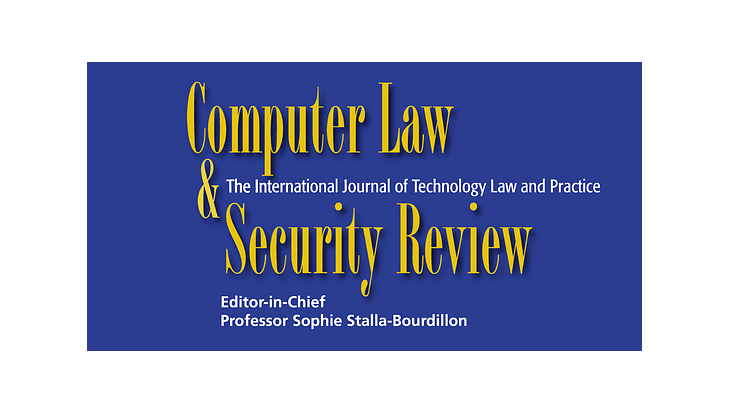für Recht und Ökonomik
Selected Publications: Assessing the Impact of Central Bank Digital Currency on Private Banks
11. Januar 2021, von Pedro Magalhães Batista

Foto: Paul Fiedler
David Andolfatto has a great publication in the Economic Journal, "Assessing the Impact of Central Bank Digital Currency on Private Banks." The author challenges fears over CDBC's impact on the cost of bank funding and the volume of bank lending. Developing a new monetary model based on Diamond's 1965 model of government debt and Klein's 1971 and Monti's 1972 models of the monopolistic banking sector, Andolfatto argues that the proposal to turn available to everyone central bank deposit accounts won't lead to the pessimist scenarios presented by some critics, especially regarding overall financial stability if well designed.
Andolfatto's model leads to several interesting remarks: i. because the opportunity cost of bank lending is set by interest-on-reserves (IOR), if the interest rate on CBDC is set independently of the IOR rate, CBDC will not discourage bank lending; ii. if the CBDC rate is set below the IOR rate, private banks will have incentives to match the CBDC rate to retain deposits as banks lend to the central bank at IOR and will only pay depositors the CBDC rate; iii. in this sense, CBDC induces the private banks to offer more favorable contractual terms to depositors, increasing their attractiveness and the supply of deposits - existing depositors will save more and unbanked individuals might now access the banking infrastructure; iv. higher CBDC rates might lead to an increase in deposit rates leading to an increase in the supply of deposits which will permit constrained banks due to regulatory liquidity requirements to expand their lending activity, only accomplished by lowering market lending rates; v. finally, CBDC competition might also reduce private banks' profitability and market power.
The paper also briefly addresses the possibility of bank runs presented by Cecchetti and Schoenholtz (2017) and Kumhof and Noone (2019) which claims that running towards CBDC will be easier than the current option of running towards cash, thereby, possibly leading to self-fulfilling bank crises. Andolfatto concludes by pointing that his analysis suggests that "the main benefit of CBDC will accrue to depositors in jurisdictions where banks (and other money services businesses) use their market power to keep deposit rates depressed (or service fees elevated) relative to what would prevail in a more competitive setting."


